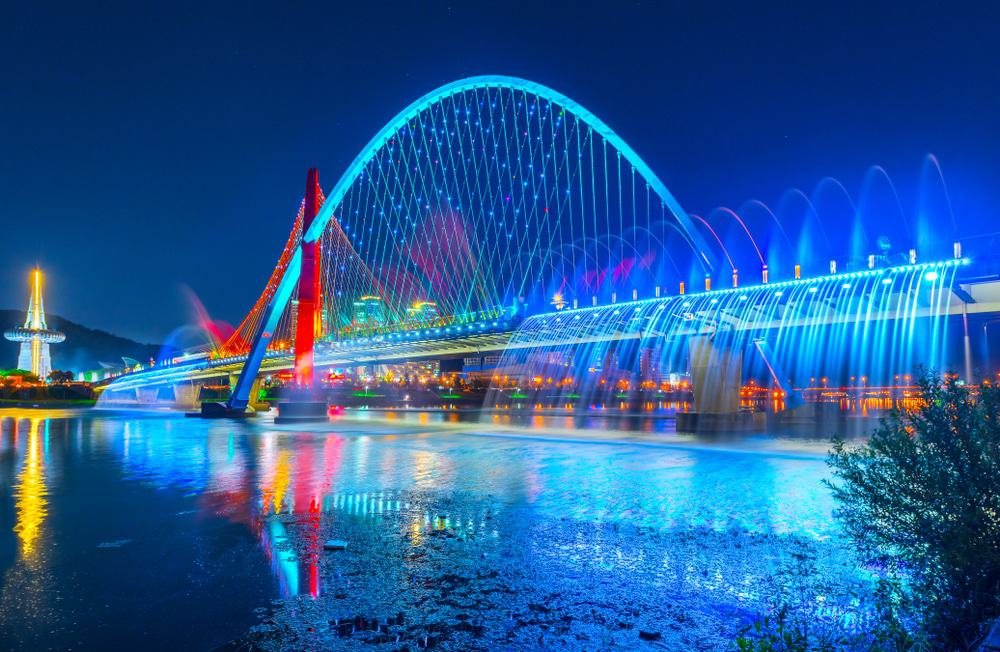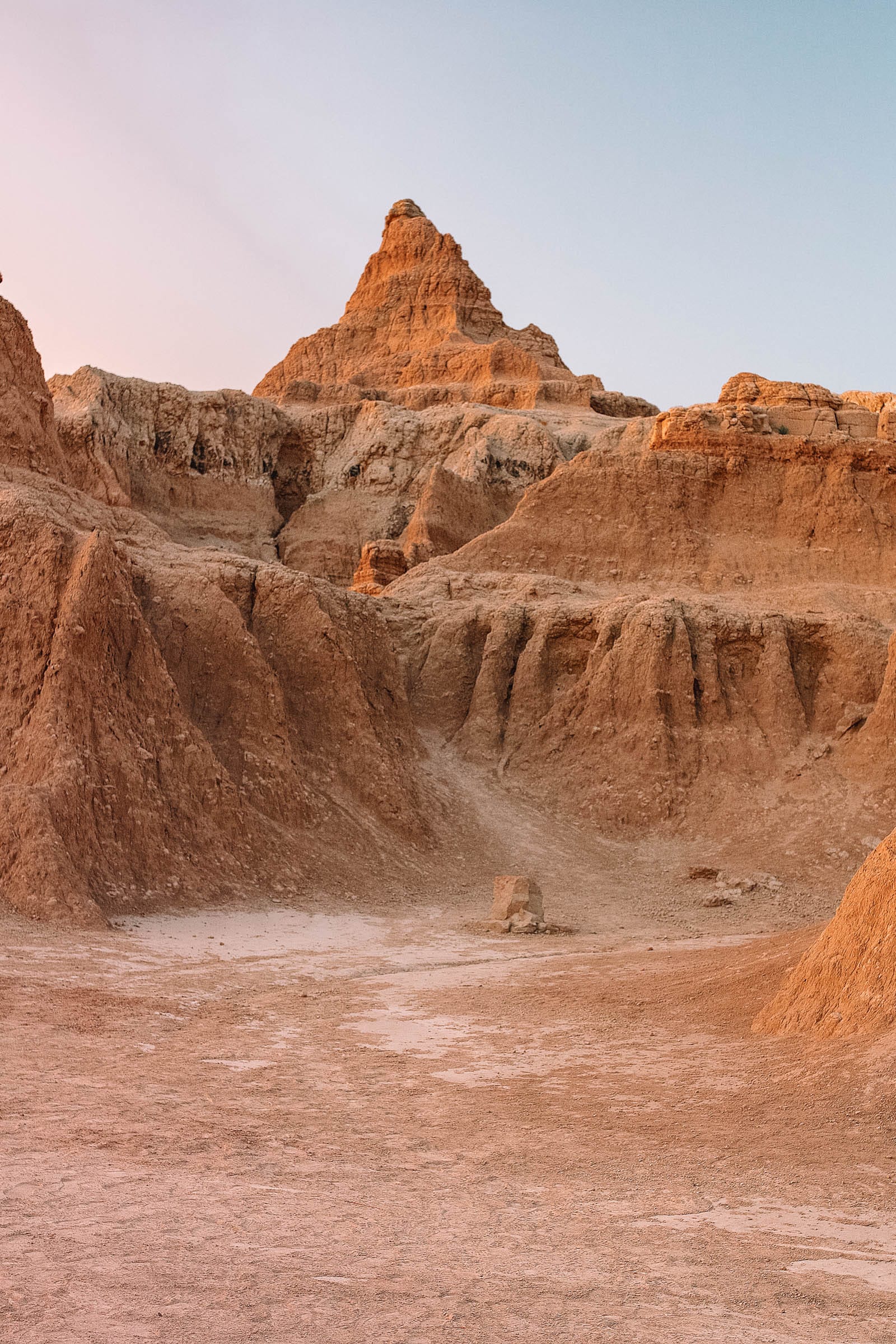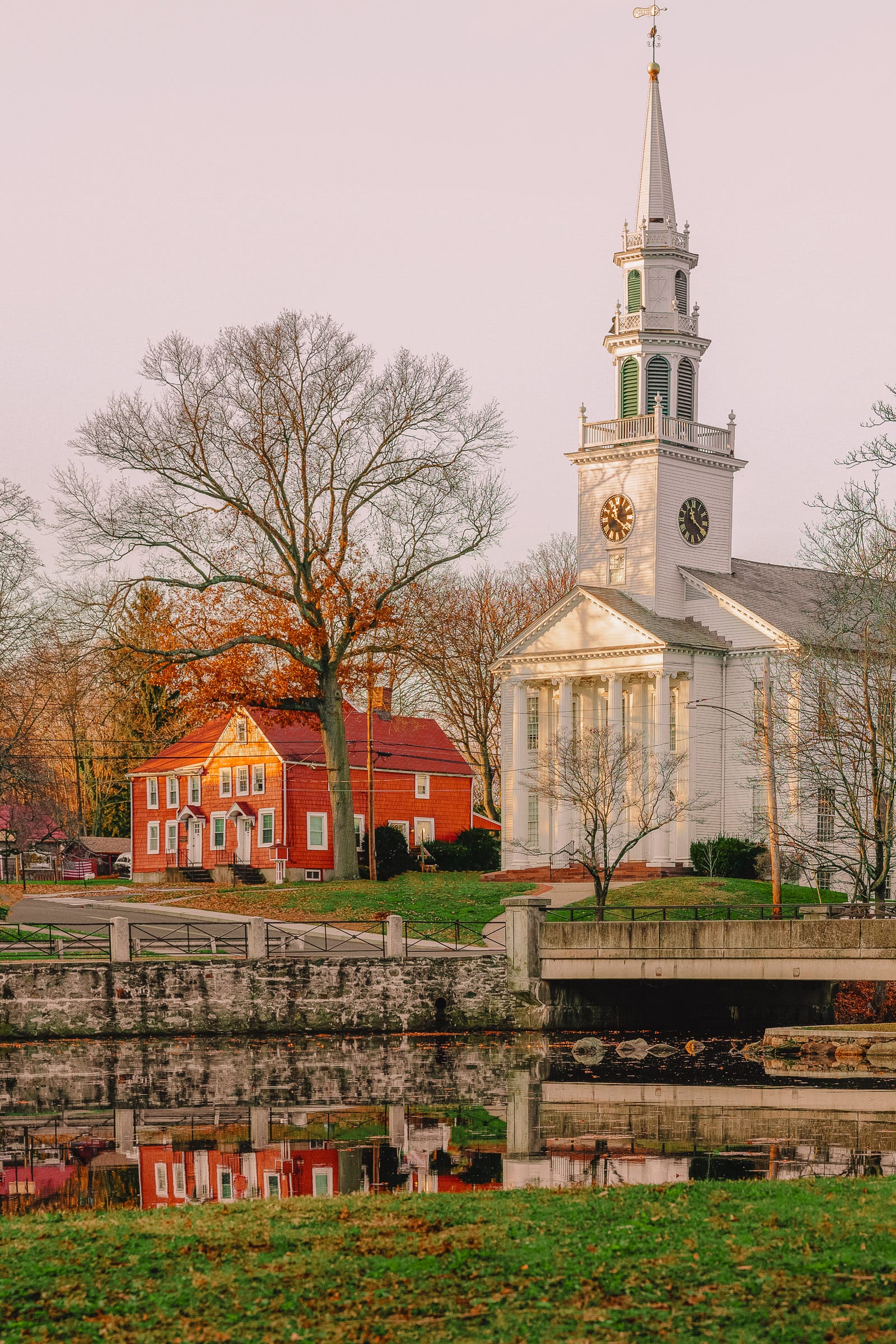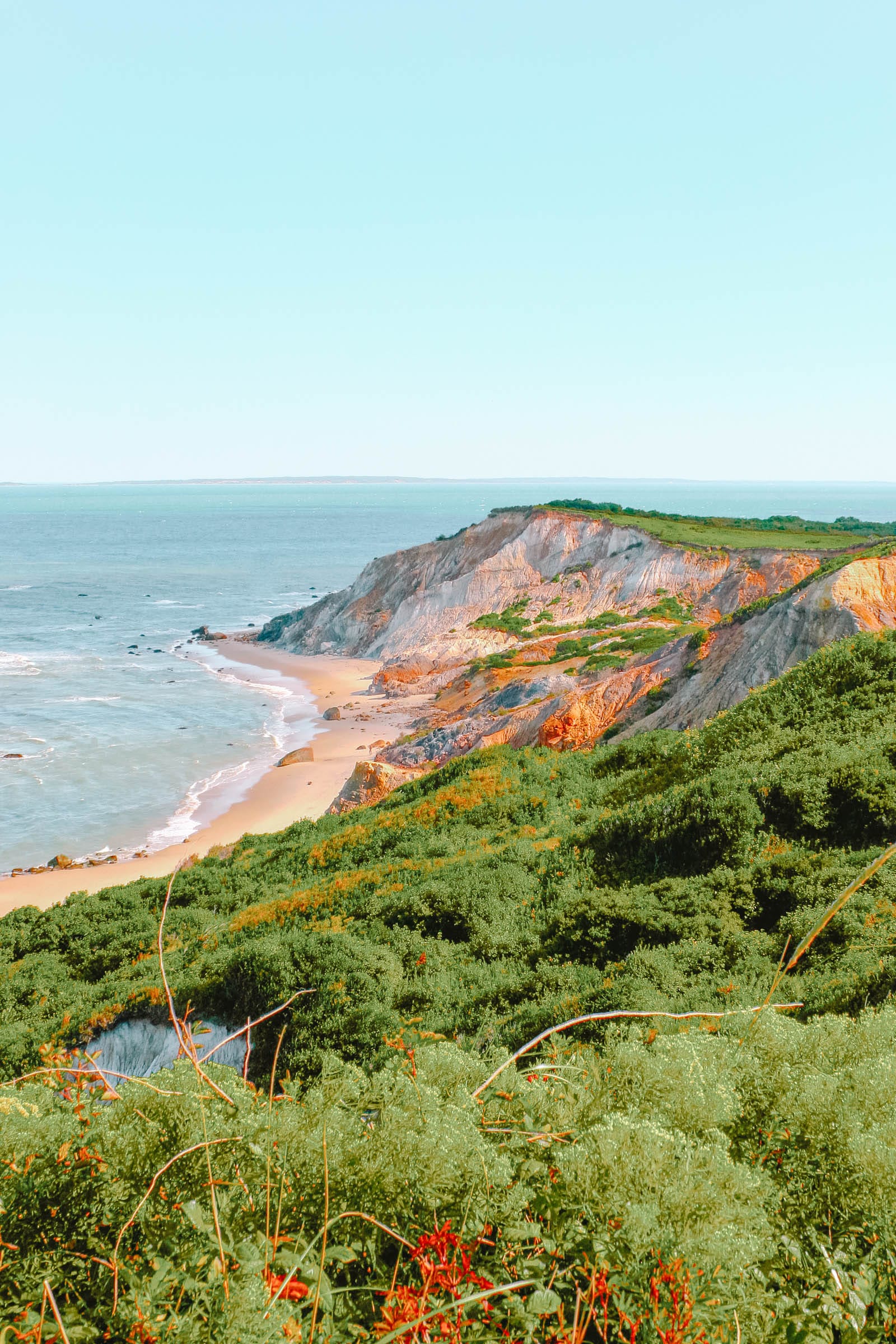Summary
- 1. Yuseong Hot Spring
- 2. Expo Park
- 3. National Science Museum
- 4. Hanbat Arboretum
- 5. Ppuri Park
- 6. Sung Sim Dang Bakery
- 7. Daejeon O-World
- 8. Sky Road
- 9. Gyejoksan Mountain Red Clay Trail
- 10. KIGAM Geological Museum
- 11. Daejeon Jungang Market
- 12. Jangtaesan Recreational Forest
- 13. Daecheong Dam
- 14. Expo Bridge
- 15. Currency Museum
A city renowned for its advancements in science and technology, Daejeon serves as a crucial junction in South Korea’s road and rail networks. It gained international attention in 1993 when it hosted a prominent exposition.
Expo ’93 showcased Daejeon’s innovative character, featuring futuristic pavilions alongside a maglev train and solar-powered vehicles.
The Expo Park venue remains a significant landmark and is connected to the city by the Expo Bridge, which is particularly stunning when illuminated at night.
Daejeon maintains its reputation as a progressive city, highlighted by a national science museum and Sky Road, a pedestrian promenade adorned with a captivating LED canopy.
The surrounding picturesque mountains offer delightful outdoor opportunities for residents and visitors alike.
Daejeon O-World combines three family-friendly attractions, while Gyejoksan is notable for its peak that can be accessed via a barefoot trail through soft red clay.
1. Yuseong Hot Spring

Amidst the urban landscape of Oncheon-dong, an outdoor spa lined with Chinese fringetrees presents a surprising sight.
The alkaline Yuseong Hot Spring emerges from a depth of 200 meters with a temperature range of 27 to 56°C.
This public area, which is free to enter, features two foot baths that can accommodate up to 80 individuals, along with a picturesque waterway.
Notably, Yuseong Hot Spring is the oldest developed spring in Korea, offering soft waters rich in potassium, calcium, sulfur, zinc, silicic acid, carbonic acid, and a trace of radium.
For centuries, the spring has been attributed with therapeutic properties.
According to the ancient chronicle Donggugyeojiseungnam, Taejo of Joseon, founder of the Joseon Dynasty, bathed here in 1393 while seeking a capital site.
The spring’s notoriety spread through a legend of a 7th-century soldier who healed his wounds in the water, inspired by his mother’s observation of a crane treating its injured wing.
2. Expo Park

The 1993 Daejeon Expo was a pioneering event, being the first exposition accredited by the BIE (Bureau International des Expositions) to occur in a developing country while showcasing advanced technology and cultural programs.
Throughout its four-month duration, the Expo Park attracted more than 14 million visitors, with over a million visitors annually since.
More than 25 years later, the venue and its many futuristic structures continue to impress.
The landmark is the 93-meter Hanbit Tower, which functions as an observatory boasting engaging science exhibits.
The Daejeon Expo Memorial Hall recounts the event’s history as well as 200 years of exhibitions globally, while the Daejeon Traffic Culture Institute offers child-friendly exhibitions focused on road safety and transport history.
3. National Science Museum

The esteemed National Science Museum, situated across from Expo Park, encompasses diverse aspects of science and technology.
The permanent exhibition features galleries dedicated to Korean natural history, industrial technology, astronomy, human biology, and more, in addition to an interactive experience hall.
Complementary displays include exhibits on weaponry, folk instruments, and ceramics.
A highlight is the operational magnetic levitation train, developed for the ’93 Expo, exemplifying the technology’s advancement.
Additional outdoor attractions include a Mӧbius strip, an F-86 Sabre fighter jet from the Korean War era, models of herbivorous dinosaurs, a steam engine, and Cheomseongdae, a weather instrument dating back to the Goryeo period, approximately a thousand years ago.
Beneath the expansive dome of the Astronaut Hall is Korea’s premier planetarium, seating 242 and offering shows throughout the day at a modest fee.
4. Hanbat Arboretum

Adjacent to Expo Park lies the largest urban arboretum in Korea, officially opened in 2009 and spanning 37 hectares.
The Hanbat Arboretum is situated along the southern bank of the Gap River and is linked to the park by the contemporary Expo Bridge.
The Dowon (West Garden) contains a small art museum, established in 2005, while the Dongwon (East Garden), which opened in 2009, comprises 19 distinct areas, including a Medicinal Herb Garden, Fruit Garden, Rose Garden, Rock Garden, and Magnolia Garden.
The Tropical Garden features a remarkable array of 9,300 exotic plants from 198 different species.
As you explore the arboretum, you will encounter a spacious grass plaza, a lake with a pavilion, a mangrove forest, and expansive collections of pines, maples, and other hardwood trees.
5. Ppuri Park

Ppuri Park, translating to “Family Root Park,” sits at the base of Mansung Mountain on Daejeon’s southern outskirts and features 136 sculptures representing various Korean surnames, intended to foster a sense of filial piety.
Each sculpture includes a brief history of the name along the front and an explanation of the artwork on the rear.
The Samnam Memorial Tower symbolizes the unity of Korea’s historical western Honam and eastern Yeongnam regions.
Additional sites incorporate elements adorned with traditional symbols such as the Deep-rooted Spring with 12 branches—one for each of the jisin (gods of the earth)—and a sasindo (a mural depicting the four guardian deities). Visitors can enjoy the park’s recreational forest and rent duck boats on the water.
6. Sung Sim Dang Bakery

Unique to Daejeon, Sung Sim Dang Bakery has maintained only three locations in the city for over 60 years, despite overwhelming demand, offering an enticing array of baked goods.
The establishment is particularly famous for its twigim soboro, a fried streusel bread featuring a crunchy cookie exterior and sweet red bean paste filling.
Some offerings may appear unconventional, such as pantalon boochu, which consists of a bun filled with chopped Korean chives, egg, and tofu.
More traditional options include the choco puff roll (similar to pain au chocolat), double-decker macarons, and the luxurious cacao soonjung, a sweet chocolate bread filled with dark chocolate ganache and topped with chocolate-covered walnuts.
The primary location is situated on Daejong-ro in the heart of Jung-gu, conveniently located a short walk from Jungangno Station.
7. Daejeon O-World

This comprehensive amusement park encompasses three attractions, all situated amidst the charming natural landscape on Daejeon’s southern mountainside.
Zoo Land is home to 600 animals from 160 species, including Bengal tigers, giraffes, elephants, Korean wolves, zebras, and black bears.
Flower Land features a botanical theme with whimsical fountains and greenhouses, complemented by a Rose Garden, Maze Garden, Herb Garden, and Four Seasons Garden.
Joy Land offers theme park rides, including a giant drop, log flume, and swinging Viking ship.
A recent addition, Bird Land, houses aviaries and enclosures for Humboldt penguins, flamingos, emus, and other exotic birds.
8. Sky Road

Located in Daejeon’s central shopping district, Sky Road extends from Jungang-ro to the south, featuring a vibrant pedestrianized shopping street filled with cosmetics, fashion, jewelry, and electronics at lower levels, as well as bars, karaoke venues (noraebang), restaurants, and cafes above.
In 2013, an LED canopy was installed, spanning 214 meters and rising to a height of 20 meters.
At night, the canopy displays colorful animations that change dynamically, featuring everything from advertisements to stunning artworks portraying butterflies, planets, flowers, fireworks, and abstract designs.
9. Gyejoksan Mountain Red Clay Trail

There are several reasons to visit Gyejoksan, which rises 429 meters on Daejeon’s eastern side.
This mountain features Gyejoksanseong Fortress, which stands at approximately 280 meters and dates back to the 4th century CE, during the era of the Three Kingdoms.
From spring to autumn, the best way to navigate the mountain is via the Red Clay or Hwangtogil Trail.
This family-friendly path is a broad 14-kilometer route, with one side composed of soft, wet red clay.
Hikers are encouraged to walk barefoot at least part of the way over the clay.
As you meander through fragrant pine forests for an hour or two, breathtaking views of Daejeon and the fortress await.
At the summit, a venue serves makgeolli or soju, accompanied by occasional live performances as you enjoy a foot soak to rid yourself of the clay!
10. KIGAM Geological Museum

This museum, located west of Expo Park, was established in 2001 within a building designed to emulate a stegosaurus’s breastbone.
KIGAM is the first and only independent museum in South Korea focusing exclusively on geology.
Upon entry, you will encounter the Main Hall, which features a large globe illustrating suboceanic topography, alongside complete fossil skeletons of dinosaurs such as Tyrannosaurus, Maiasaura, and Edmontonia.
The First Exhibition Hall showcases additional fossils and displays related to geological surveys, evolution, and tectonic plate movements. The Second Exhibition Hall categorizes the rocks of the Earth’s crust, featuring a dazzling array of minerals and gemstones.
The advanced Discovery Room offers an interactive space for children to solve dinosaur bone puzzles, participate in fossil digs, and explore geological periods.
Finally, the Science Room allows visitors to examine rocks and minerals collected from Korea and abroad under microscopes.
11. Daejeon Jungang Market

Spanning from Daejeon Station to the Daejeonchon River in Dong-gu, Daejeon Jungang Market represents a vast central market composed of various smaller trading quarters under covered walkways and indoors.
Navigating this labyrinth reveals offerings of fresh seafood, hardware, produce, cosmetics, electronics, herbal remedies, ceramics, traditional attire (hanbok), kitchen appliances, clothing, alongside numerous street food vendors and quaint eateries.
In a city like Daejeon, which remains largely untouristed, the market caters primarily to locals, adding to its appeal.
There are over 30 vendors specializing in sundae, a popular blood sausage commonly filled with dangmyeon (transparent noodles). Other local favorites to explore include mandu (fried dumplings) and pajeon, a scallion pancake with various toppings.
12. Jangtaesan Recreational Forest

Situated in a verdant valley at the foot of Jangtaesan, this serene recreational area lies just south of central Daejeon.
It boasts 12 kilometers of walking paths, including a barefoot trail, traversing through mature and newly planted ginkgo and bald cypress trees.
Visitors can relax by the shores of a large reservoir, wander through a botanical garden, scale the Sky Tower for sweeping mountain views, and navigate an elevated treetop walkway.
Throughout the forest, outdoor gym facilities and playgrounds are available for children.
For those seeking a weekend retreat, camping options and cabin rentals can be arranged via the forest’s official site.
13. Daecheong Dam

Constructed to harness the Geum River north of Daejeon, the Daecheong Dam was completed in 1980 to mitigate flooding, generate hydroelectric power, and form the expansive 73-square-kilometer Daecheong Lake.
Surrounded by picturesque low mountains, the lake attracts visitors for scenic drives and walks, hosting Cheongnamdae, the presidential summer residence, which has recently been opened for public tours.
An observatory at the Palgakjeong Service Area offers stunning views of the lake, while the Water Culture Center on the dam’s left bank features an aquarium and informative displays about the 72-meter-high structure.
Stroll along the Daecheong Lake Trail, and stop at local dining establishments famous for marinated grilled eel and freshwater fish stew.
In early spring, do not miss out on South Korea’s longest cherry blossom road, extending more than 26 kilometers alongside the lake.
14. Expo Bridge

Designed by Hui Lee Shun, this footbridge crosses the Gap River south of Expo Park, aligning with the Hanbit Tower and built for the 1993 exposition. Its elegant arches have withstood the test of time, remaining visually appealing even after more than 25 years.
The Expo Bridge truly shines when illuminated after dark, complemented by the graceful water jets of the fountain that adorn its edges.
The banks of the Gap River become a leisure hub in summer, where visitors can rent paddleboards, canoes, or bicycles for a leisurely outing by the water.
15. Currency Museum

The Korea Minting and Security Printing Corporation, which produces identification cards, is headquartered in Daejeon. Thus, visitors have the opportunity to explore the history of the Won at this complimentary museum located on Gwahak-ro, Yuseong-gu.
Housing over 120,000 items, the museum is divided into three primary exhibition halls covering the history of coins, banknotes, and an engaging exhibition on counterfeiting techniques through history.
A captivating highlight in the coin gallery is the Geonwonjungbo (996), the first metal coin minted in Korea, along with the Sangpyeongtongbo, the most widely circulated currency during the Joseon Dynasty.
The banknote exhibition showcases the first Won note printed in 1902, as well as details on contemporary printing methods and North Korean currency.
The anti-counterfeiting exhibit includes forged notes, identification tactics for spotting fakes, a historical overview of counterfeiting in Korea, and advanced devices designed to ascertain the authenticity of currency.




